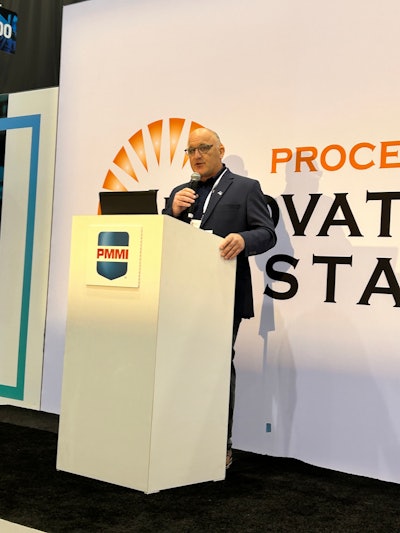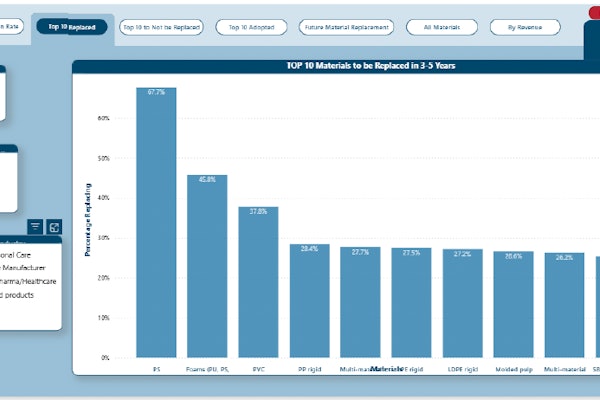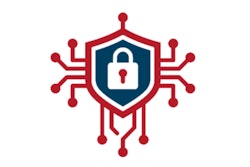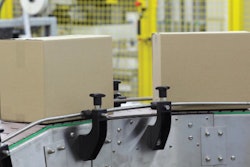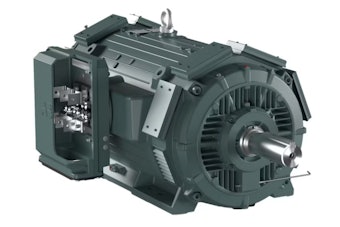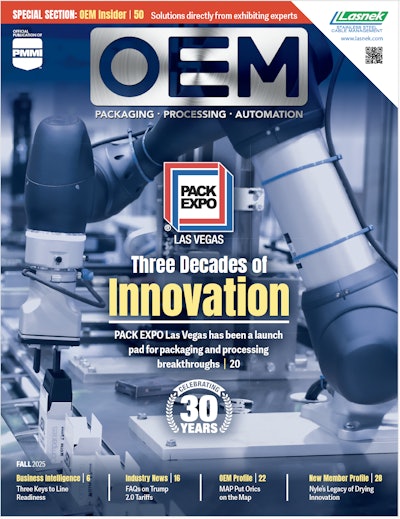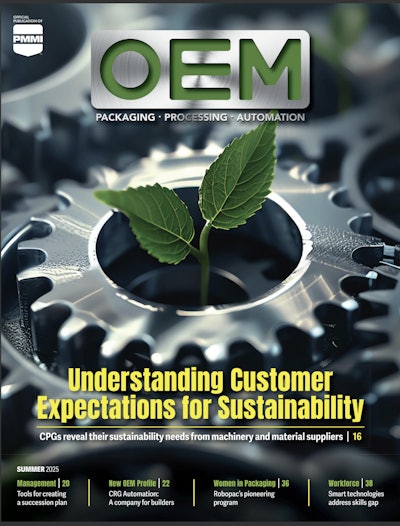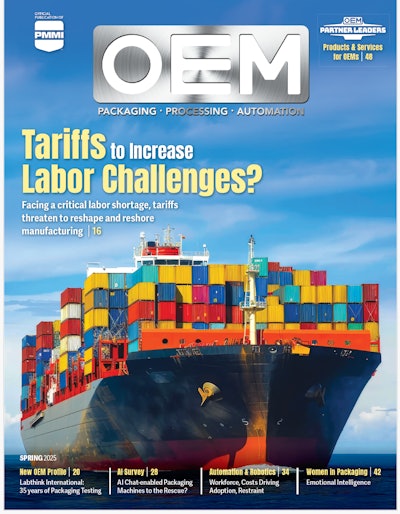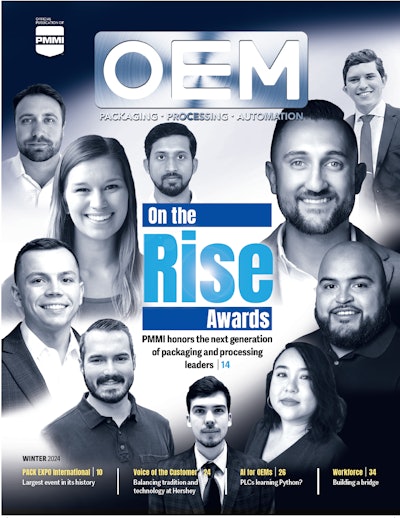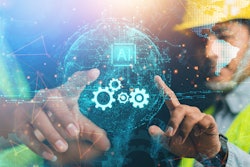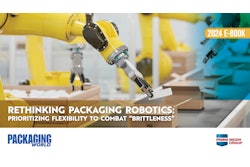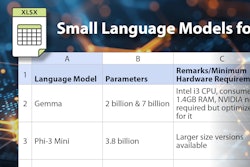Human-Machine Interface (HMI) is crucial to the ongoing digital transformation. As companies strive to stay competitive, the evolution of HMI technology offers both challenges and opportunities.
Cosmo Iacavazzi, a solutions manager at Copi Data, shed light on the complexities and potential of HMI in the current manufacturing landscape and its ability to aid company’s digital transformations. He emphasized the shift from traditional one-to-one human-machine interactions to a more complex network involving multiple humans and multiple machines. This evolution allows manufacturers to distinguish themselves from competitors by leveraging HMI to boost productivity and facilitate a seamless digital transformation.
The journey towards effective HMI integration is not without its hurdles. The industry faces a tight labor market and lingering supply chain issues, challenges that underscore the importance of retaining skilled personnel. As Iacavazzi noted, the need to inspire and empower employees is paramount. The HMI plays a central role in this strategy, offering insights that drive efficiency and innovation.
Iacavazzi outlined five steps to achieving a superior HMI experience.
The first step is declaring freedom from vendor lock-in and architectural constraints, allowing for creative solutions that accommodate both current and future needs.
The second step involves empowering production with an HMI that offers comprehensive features, enabling operators to maximize their contributions to the organization's success.
The third step focuses on employee satisfaction, recognizing that happy workers lead to happy customers and increased profits. By ensuring that HMIs are intuitive and user-friendly, companies can enhance their workforce's daily experiences.
The fourth step emphasizes interoperability, advocating for modular systems that integrate seamlessly with existing infrastructure.
Finally, simplicity is hailed as the ultimate sophistication. The trend towards no-code or low-code solutions simplifies project development and editing, reducing the need for costly engineering resources. This approach ensures companies can adapt to new demands with agility and confidence.
By prioritizing human interaction and embracing flexible, scalable solutions, companies can navigate the complexities of this new era and emerge stronger and more resilient.
